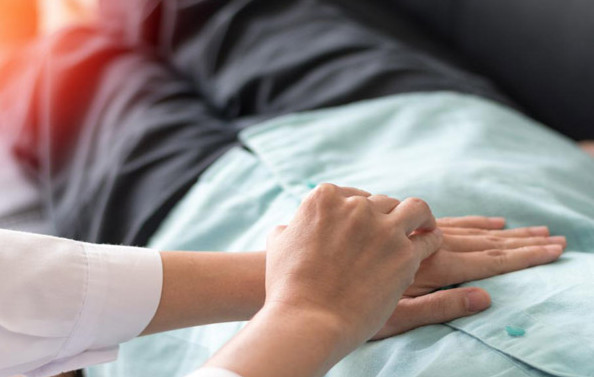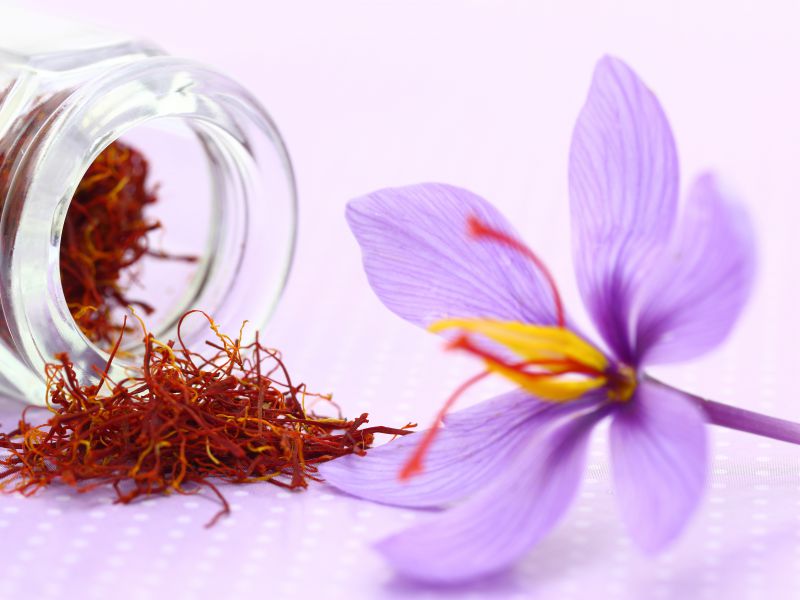Inflammation of the gallbladder; symptoms, causes, diagnosis, and treatment
Inflammation of the gallbladder occurs when gallstones prevent bile from leaving the body. Due to repeated attacks and serious complications, surgery is usually considered the best treatment option for this condition. We discuss the symptoms, causes, methods of diagnosis and treatment of gallbladder inflammation in this article, and in the final part, we answer common questions.

Inflammation of the gallbladder: what is it?
Under the liver, on the upper and right sides of the abdomen, is the gallbladder, a pear-shaped organ. Bile is stored in the gallbladder and released after eating. When gallstones block the passage of bile, gallbladder inflammation occurs. Consequently, this fluid accumulates in the gallbladder and becomes infected.
Gallbladder infection symptoms:
Inflammation of the gallbladder can be acute or chronic. In acute cholecystitis, pain is severe and continuous. Gallstones are present in more than 95% of people with acute cholecystitis. Right shoulder blade or back pain may accompany the pain in the middle to upper right side of the abdomen. After eating, pain intensity peaks 15 to 20 minutes later. Even after this period, the pain persists.
Inflammation and pain are the main symptoms of chronic cholecystitis. Cholecystitis of this type is not as severe and persistent as acute cholecystitis. These frequent attacks are usually caused by intermittent blockages of the bile duct with gallstones.
Symptoms may also include:
Pain in the abdomen that worsens with deep breathing;
Abdominal pain;
Bloating and nausea;
Vomit;
chills;
The skin and eyes are yellow;
Gallbladder inflammation can be caused by the following factors:
Usually, gallstones block the bile duct, preventing bile from leaving the gallbladder. The following are less common causes:
Injuries or wounds that block bile ducts;
Gallbladder blood flow is reduced;
Bile fluid-blocking tumors;
Gallbladder inflammation caused by viral infections.
Gallbladder inflammation can be diagnosed as follows:
You will be asked about your symptoms by your doctor. A white blood cell count and liver function test may also be prescribed by him. When your white blood cell count is higher than normal, you may have an infection, inflammation, or abscess.
There may also be a need for imaging, including:
An abdominal ultrasound examines the gallbladder and bile ducts using sound waves. A gallbladder ultrasound can detect inflammation, gallstones, and swelling or thickening of the gallbladder wall.
A radioactive substance is injected into the liver during a hepatobiliary scan (HIDA). A doctor understands that the gallbladder is blocked if this substance does not enter it, which indicates inflammation and infection. Additionally, this test can detect the function of the gallbladder and its ability to expel bile after stimulation. As long as the gallbladder bounce fraction is greater than 30 or 35%, it is considered normal.
An abdominal CT scan shows the liver, gallbladder, and bile ducts, as well as whether the gallbladder is inflamed.
Inflammation of the gallbladder can be treated in the following ways:
In most cases, this disease is treated in a hospital. Among the most common treatment methods are:
Gallbladder inflammation is treated with antibiotics and pain relievers to relieve pain caused by gallbladder infection.
An abdominal incision is usually made to remove the gallbladder, also known as a cholecystectomy. The gallbladder is removed through these incisions using a laparoscope (small camera) and a surgical instrument. Within 24 to 48 hours of hospitalization, the gallbladder is usually removed if the inflammation is acute.
Treatment of gallbladder inflammation without surgery, known as percutaneous cholecystostomy, involves draining the gallbladder to treat and prevent infection.

Inflammation of the gallbladder can be treated at home using the following methods:
1. Eat a healthy diet
Gallstones can be caused by diets high in fat and low in fiber. Reduce your risk of developing this disease by eating fruits, vegetables, and whole grains and avoiding high-fat foods.
2. Slowly lose weight
Gallstones can develop more quickly if you lose weight rapidly. Weight loss should be between 0.5 and 1 kg per week if you need to lose weight.
3. Get active
The lower your cholesterol, the less likely you are to develop gallstones.
Frequently asked questions
Inflammation of the gallbladder is risky for who?
A family history of gallstones;
Over 50 years of age;
Consuming a high-fat and high-cholesterol diet;
Overweight;
Diabetic;
Pregnant or have been pregnant several times.
Take estrogen replacement therapy or birth control pills.
There has been a rapid loss of weight.
Is it possible to live without a gallbladder?
You can live a normal life without a gallbladder. Gallbladders store bile fluid, but the liver constantly secretes this fluid, so you don’t need one for normal digestion.
What are the complications associated with gallbladder inflammation if it is not treated?
A blocked gallbladder can cause severe infection if left untreated.
Infection of the main bile ducts and liver can be very dangerous and even life-threatening if not treated promptly.
In the duodenum, the bile duct and the pancreatic duct share a common valve. Gallstones can block that valve, causing severe and life-threatening pancreatitis.
Is gallbladder inflammation dangerous?
Failure to treat this disease can lead to dangerous and life-threatening complications.
Inflammation of the gallbladder during pregnancy: what should I do?
During pregnancy, antibiotics are used to treat gallbladder infections. If antibiotics are not effective in treating the infection, surgery can be safely performed at any time during pregnancy.
What is the best time to see a doctor?
Any abdominal pain is a warning sign. When you experience sudden pain in your upper right abdomen, right shoulder, or back, see a doctor.


